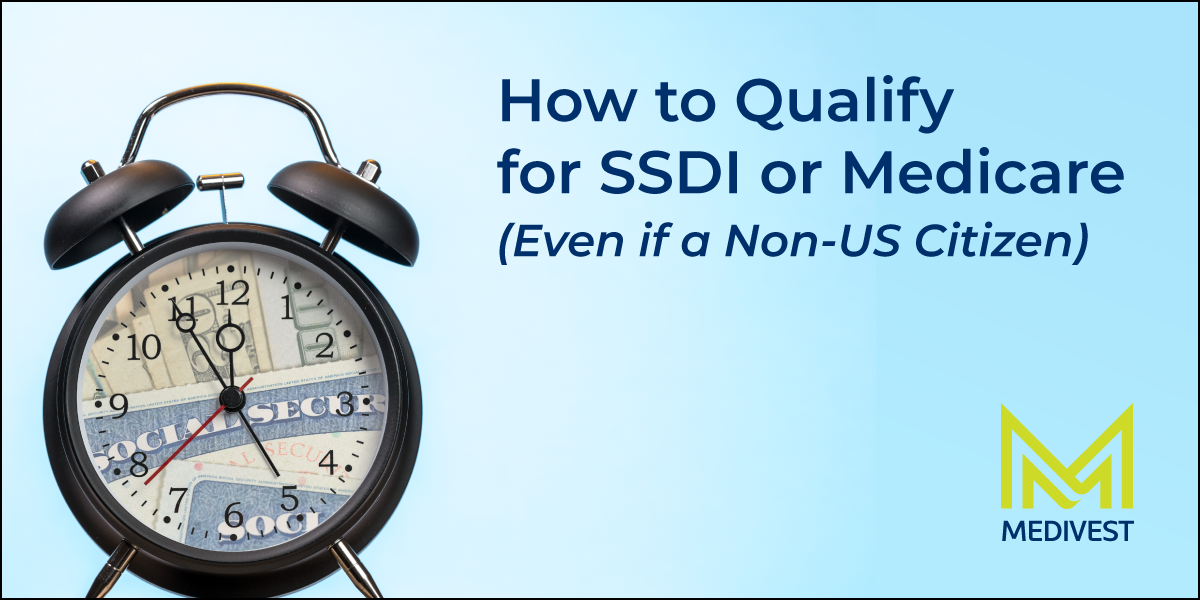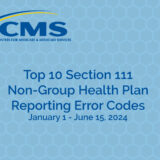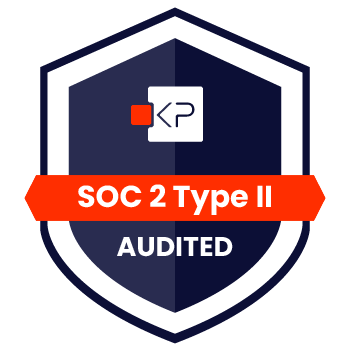Some people may be surprised to learn that an individual does not always need to be a citizen of the United States to qualify for government benefits such as Social Security Income (SSI), Social Security Disability Insurance (SSDI) or Medicare. Provided the individual receives or qualifies to receive SSI or SSDI benefits, and the person otherwise qualifies for Medicare, a non-US citizen (non-citizen) typically qualifies for Medicare Part A without having to pay a premium. They would still need to pay a premium for Medicare Part B. Before addressing how a non-citizen may become eligible to receive Social Security benefits and therefore, be one step closer to qualifying for Medicare, we will first look at the distinctions between SSI and SSDI and how US citizens become eligible for either.
SSDI and SSI Requirements for U.S. Citizens
For U.S. citizens to qualify for SSDI, they must be under 65, have earned enough work credits1 by working and paying Social Security (FICA) taxes, and have a qualifying disability sufficient to meet the definition designated by the Social Security Administration (SSA). A majority of those who apply for SSDI do not get accepted on the first try. Many injured individuals have found value in retaining attorneys to help with the application (and the commonly required appeals) process.
A major distinction between SSDI and SSI is that SSI does not require any work history or the need for the individual to be disabled, even though disability is one of the ways a person may qualify for SSI. For example, those that are disabled but haven’t accumulated enough work credits to be eligible for SSDI, may qualify for SSI. Furthermore, U.S. citizens who are 65 or older, or who are blind or are disabled, and have limited income and limited resources, and are not confined to an institution, are generally eligible for SSI. Another important distinction between SSDI and SSI is that once a person receives SSDI benefits for two years2 , the SSDI recipient will be eligible for Medicare benefits.
Requirements for Non-U.S. Citizens
If a person is a non-citizen and meets the following requirements, they may be eligible for Social Security benefits:
- Non-citizens who are legal permanent residents
- Active members or veterans of the U.S. military
- Foreign workers who have paid FICA taxes for the required time period3
- Other non-citizens who are not permanent residents but who can prove that they are here legally (i.e., refugees, those under political asylum, temporary visitors with non-immigrant visas, abuse victims, etc.)
There are many exceptions and rules regarding non-citizens’ status and SSI and SSDI eligibility. Additionally, non-citizens that are allowed to work in the US but not required to pay FICA taxes (and don’t), are not eligible for SSDI.
Aside from standard SSDI eligibility requirements that everyone must meet*, there are two additional requirements that non-citizens must meet in order to qualify for SSDI:
-
- If an individual was assigned a Social Security number on or after January 2, 2004, the individual’s number must have been assigned based on their authorization to work in the U.S. or they must have B-1, D-1, or D-2 worker status.
- Before receiving disability benefits, the individual must show proof that they are in the U.S. legally.
Non-Citizens Returning to their Countries
Once an individual receives either type of Social Security benefits as a non-citizen, if, when and how these benefits will be distributed depends on the country that they are citizens of and how much time they may spend in that country, whether that country is on a restricted list, and whether that country has a bilateral Social Security agreement with the U.S. Some countries that the SSA is restricted from sending Social Security payments to, such as those listed below, are disqualified from accepting Social Security payments.
-
- Azerbaijan
- Belarus
- Cuba
- Kazakhstan
- Kyrgyzstan
- Moldova
- North Korea
- Tajikstan
- Turkmenistan
- Ukraine
- Uzbekistan
- Vietnam
Ineligible Countries
Legal residents from Cuba, North Korea, and Vietnam may not receive disability benefits, even if they meet the other necessary requirements.
If a citizen of one of the above-listed countries, other than from Cuba, North Korea or Vietnam, goes back to their home country after working and living in the U.S. and otherwise qualifies for a form of Social Security Benefits, the SSA will not send the individual payments and cannot send the payments to someone else on their behalf (unless an exception is granted). The SSA will withhold these payments and will only send them to the individual once they are in a country to which the U.S. may send those payments. Generally, if the SSA is not restricted from sending payments to a particular country, but the country also does not have a bilateral Social Security agreement in place with the U.S., the SSA can send payments to the individual, but will stop the individual’s payments after the person has been outside of the U.S. for six months. If the individual returns to the U.S. and stays for at least a month, they are usually eligible to begin receiving benefits again. The SSA’s website provides information and exceptions concerning these matters including the difference between a person receiving benefits based on their own earnings or residency in the U.S. versus receiving benefits based on the earnings or residency in the U.S. of a dependent or survivor. A pamphlet that provides additional information is available on SSA’s website.
The Medicare Secondary Payer Act (MSP), 42 U.S.C. §1395y(b)(2), enacted in 1980 and aimed at preserving Medicare Trust Funds and reigning in Medicare costs that had up to that point been much larger than projected4 , is focused on both the timing of payments and the recovery of Medicare’s conditional payments5 for medical expenses6 of injured Medicare beneficiaries or injured people who have a reasonable expectation of becoming Medicare beneficiaries within 30 months from settlement, when another (primary) payer is responsible for payment or prompt reimbursement of the injured individual’s injury related Medicare covered medical expenses.7 There are several ways people fall into the reasonable expectation of becoming a Medicare beneficiary within 30-month time frame, including reaching 62.5 years of age, applying for SSDI, being denied but considering appeal of SSDI denial, being in the process of appealing the denial, or being diagnosed with end-stage renal disease or ALS, a/k/a Lou Gehrig’s disease.
Contact Us
If you have additional questions regarding government benefits for your clients, please reach out to us here. Additionally, if you are involved in a settlement with a client whose government benefits may be at risk, Medivest would like to provide you with the following data chart. It summarizes a variety of public benefit programs and the best course of action you can take to ensure your clients’ benefits are protected. Click here to download.
- The number of work credits needed varies based on the age of the individual at the time they become disabled. Required credits start at 6 credits or 1.5 years of work during the three-year period before the disability started for people disabled in or before the quarter they turn 24 years of age and move up to a requirement for 40 qualifying quarters at or after they turn 62 years of age, with varying requirements in between. [↩]
- The two-year requirement does not include the approximate six-month wait time between the date disability is approved and benefits begin. Eligibility begins 30 days after the established onset date (EOD) so along with a mandatory five-month waiting period, it is essentially six months before payments start or 30 months from EOD to Medicare eligibility. [↩]
- *According to the SSA website, the required work requirements for non-citizens seem to be different from those of US citizens as well. The requirement for non-citizens does not appear to have a sliding scale for work credits that US citizens are required to have. Here is an example of some non-citizen requirements for SSDI eligibility from SSA’s website: “[t]hey are a Lawfully Admitted for Permanent Residence (LAPR) with 40 qualifying quarters of earnings. Work done in the US by a person’s spouse or parent may also count toward the 40 qualifying quarters of earnings, but only for getting SSI. Quarters of earnings earned after December 31, 1996 are not counted if the individual, spouse, or parent worked or received certain benefits from the U.S. government based on limited income and resources during that period. If a person entered the U.S. for the first time on or after August 22, 1996 they may not be eligible for SSI for the first five years as a LAPR, even if they have 40 qualifying quarters of earnings.” More information regarding this topic is available here. Sometimes depending on the country of citizenship, there may also be other ways for a non-citizen to qualify for SSI including living in the US for required periods of time or having a spouse or parent who has lived long enough in the U.S. (See https://www.ssa.gov/pubs/EN-05-10137.pdf). You are encouraged to consult with an attorney practicing in the SSI and SSDI benefits field to help determine whether any particular person may qualify for Social Security benefits. [↩]
- Humana Med. Plan, Inc. v. Western Heritage Ins. Co., 2018 WL 549834 (11th Cir. Jan. 25, 2018) declining to rehear 2016 11th Cir. case en banc and citing 5 James B. Wadley, West’s Federal Administrative Practice §6305 2017. [↩]
- Or conditional payments by Medicare Advantage Plans that a primary payer should have paid. [↩]
- Medical items, services, and expenses, including prescription drug expenses. [↩]
- 42 U.S.C. § 1395y(b)(2)(A)(ii) prohibits Medicare from making payment to the extent that “payment has been made or can reasonably be expected to be made under a workmen’s compensation law or plan of the United States or a State or under an automobile or liability insurance policy or plan (including a self-insured plan) or under no-fault insurance.” Furthermore, under the Code of Federal Regulations, the Centers for Medicare and Medicaid Services (CMS) has rights to recover any conditional payments Medicare made that a primary payer should have made or reimbursed, specifically, “CMS may initiate recovery as soon as it learns that payment has been made or could be made under workers’ compensation, any liability or no-fault insurance, or an employer group health plan.” 42 C.F.R. § 411.24(b). [↩]








